Innovation and Health
How big data, artificial intelligence, and other technologies are changing healthcare
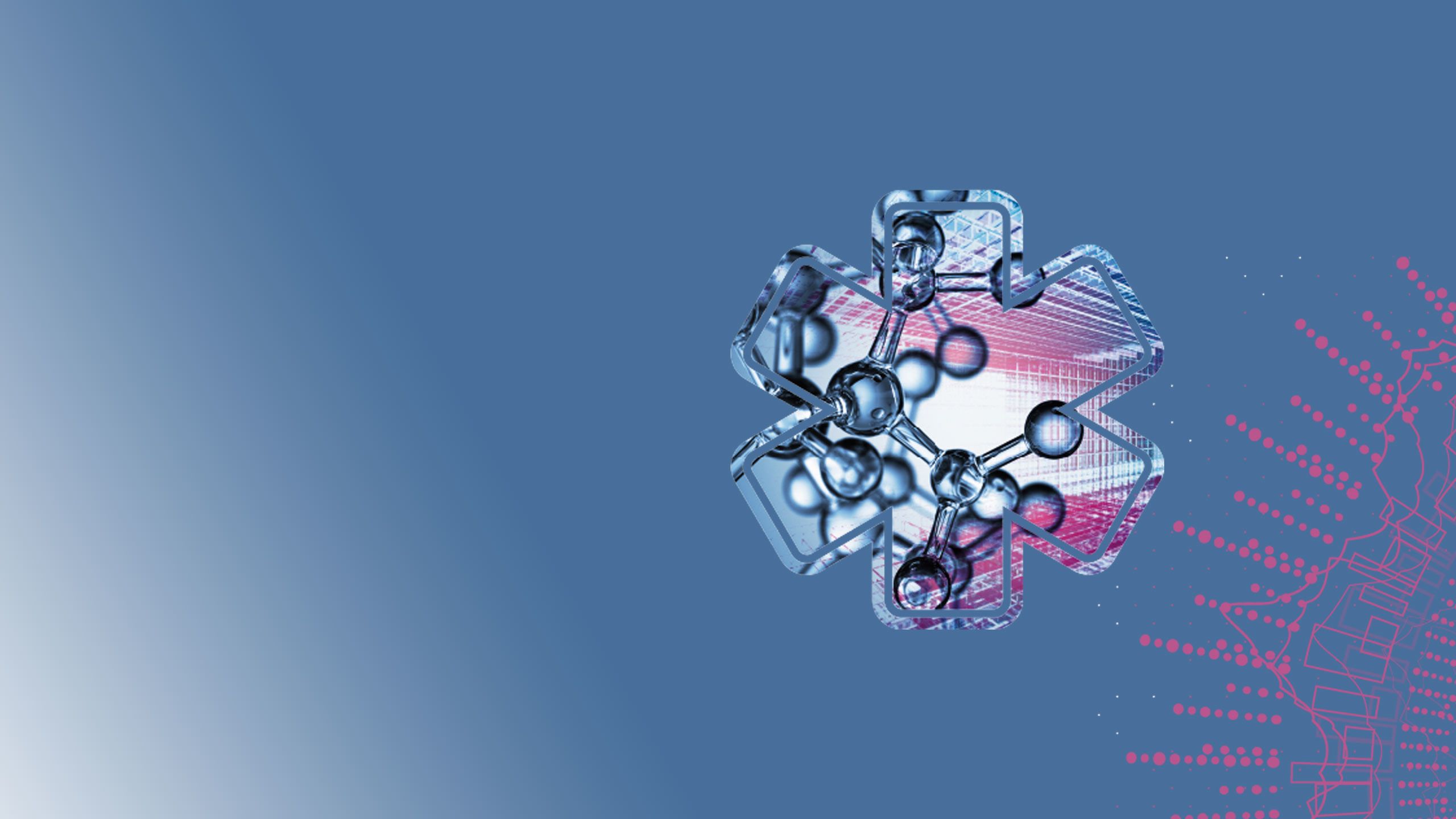
Medical innovation touches every individual on the planet. It promises new ways to prevent, diagnose and monitor health problems, as well as new drugs and devices to manage and cure diseases. Medical innovation also means increasing knowledge and transforming existing process and business models to better serve changing needs and expectations.
Big data, artificial intelligence, and other technologies are fueling a wave of health innovations around the world. In this web story we highlight insights and cases from the Global Innovation Index 2019 on the future of medical innovation.
Drugs
Pharmaceutical drugs are a key aspect of many health treatments, yet drug development is a long and expensive process. Artificial intelligence (AI) and big data are being used to make this process more efficient.
Drug research can benefit from AI techniques and computer simulations that can find better drug molecules faster. The costs of clinical trials can be reduced by leveraging AI and big data to predict trial enrollment and duration.
AI and big data analytics are also leading the way towards personalized medicine, as the All of Us Research Program illustrates.
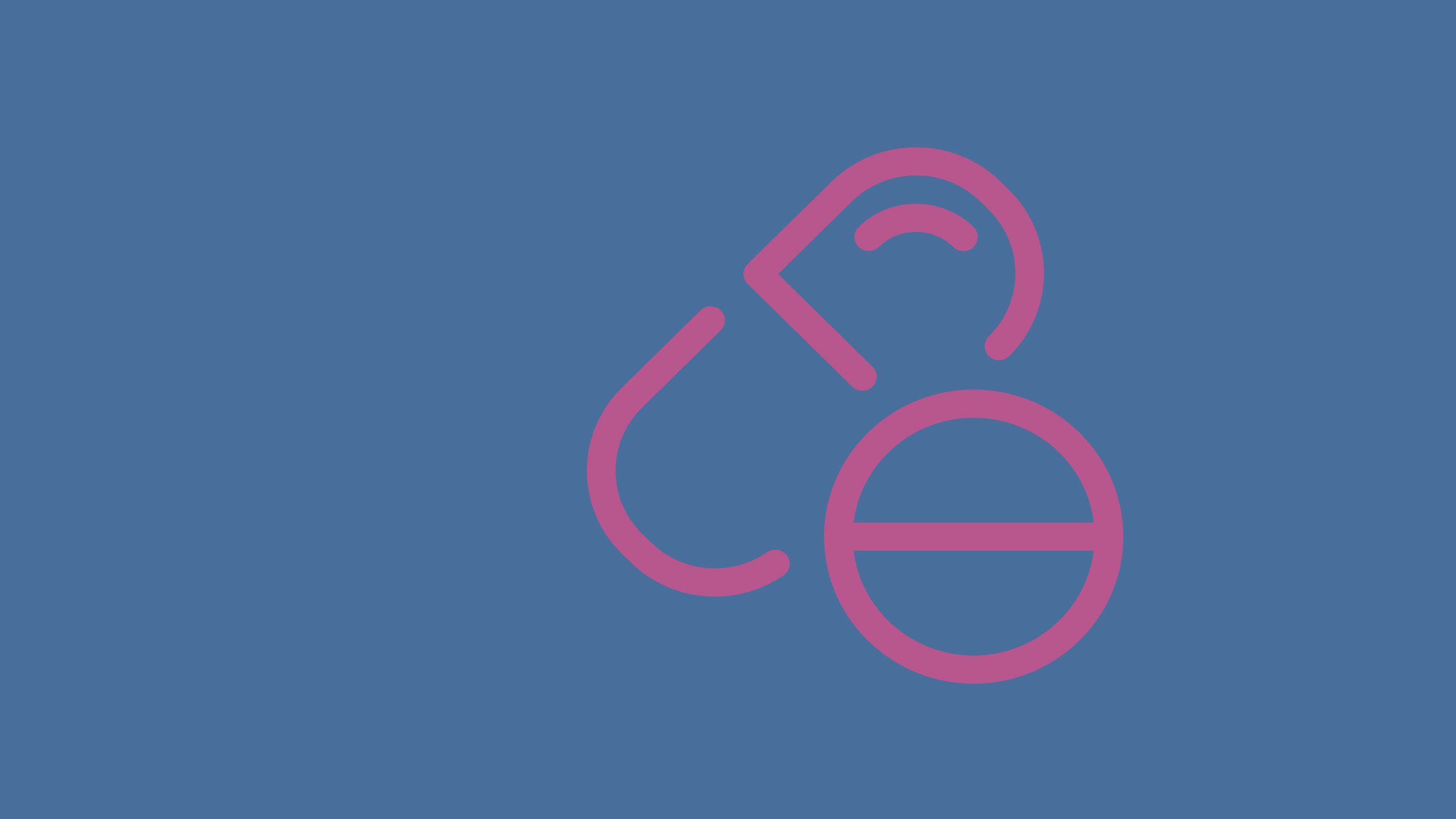
Data to drive precision medicine
The All of Us Research Program is a unique effort led by the National Institutes of Health-led (NIH) to gather data from one million or more people living in the U.S.A.
Researchers will use this data to explore the potential of precision medicine by looking at individual differences in lifestyle, environment, and biology. Thanks to the increasing use of electronic health records, the falling costs of genomic analysis and the growing sophistication of data science, this is the ideal time to research and develop precision medicine.
The aim is to merge, integrate, and analyze data from a wide variety of sources: biological, environmental, socioeconomic, and geospatial. All of these areas have implications for individualized disease prevention and treatment, as well as for understanding the causes and the solutions to differences in health.
With data from one million or more participants who contribute information over a long period of time, researchers may be able to:
- develop ways to measure risk for a range of diseases based on environmental exposure, genetic factors, and interactions between the two;
- identify the causes of individual differences in response to commonly used drugs;
- discover biological markers that signal increased or decreased risk of developing common diseases;
- use mobile health technologies to correlate activity, physiological measures, and environmental exposure with health outcomes;
- develop new disease classifications and relationships;
- empower study participants with data and information to improve their own health; and
- create a platform to enable trials of targeted therapies.
NIH hopes that data from a diverse pool of All of Us participants will create a valuable research resource capable of supporting the development of new medical insights. Such insights will ensure that people from all walks of life, all around the world, will be healthier than ever.
Video: All of Us wants to bring precision medicine to every American. But what is precision medicine?
Based on the GII 2019 chapter by Francis Collins, National Institutes of Health (NIH). Image: National Institutes of Health.

Devices
Innovating in health means more than just developing new medicines. It also means creating equipment to assist in the diagnosis, monitoring, and treatment of medical conditions.
From small devices that can be swallowed, to medical robotics and joint replacements, new medical devices are a key element of health innovation. And medical device innovation is flourishing. In the past five years, regulatory agencies have announced record rates of novel medical device approvals for mechanical heart valves, digital health technologies, and 3D printing devices.
The Living Heart Project illustrates how medical devices can spur innovation in healthcare.
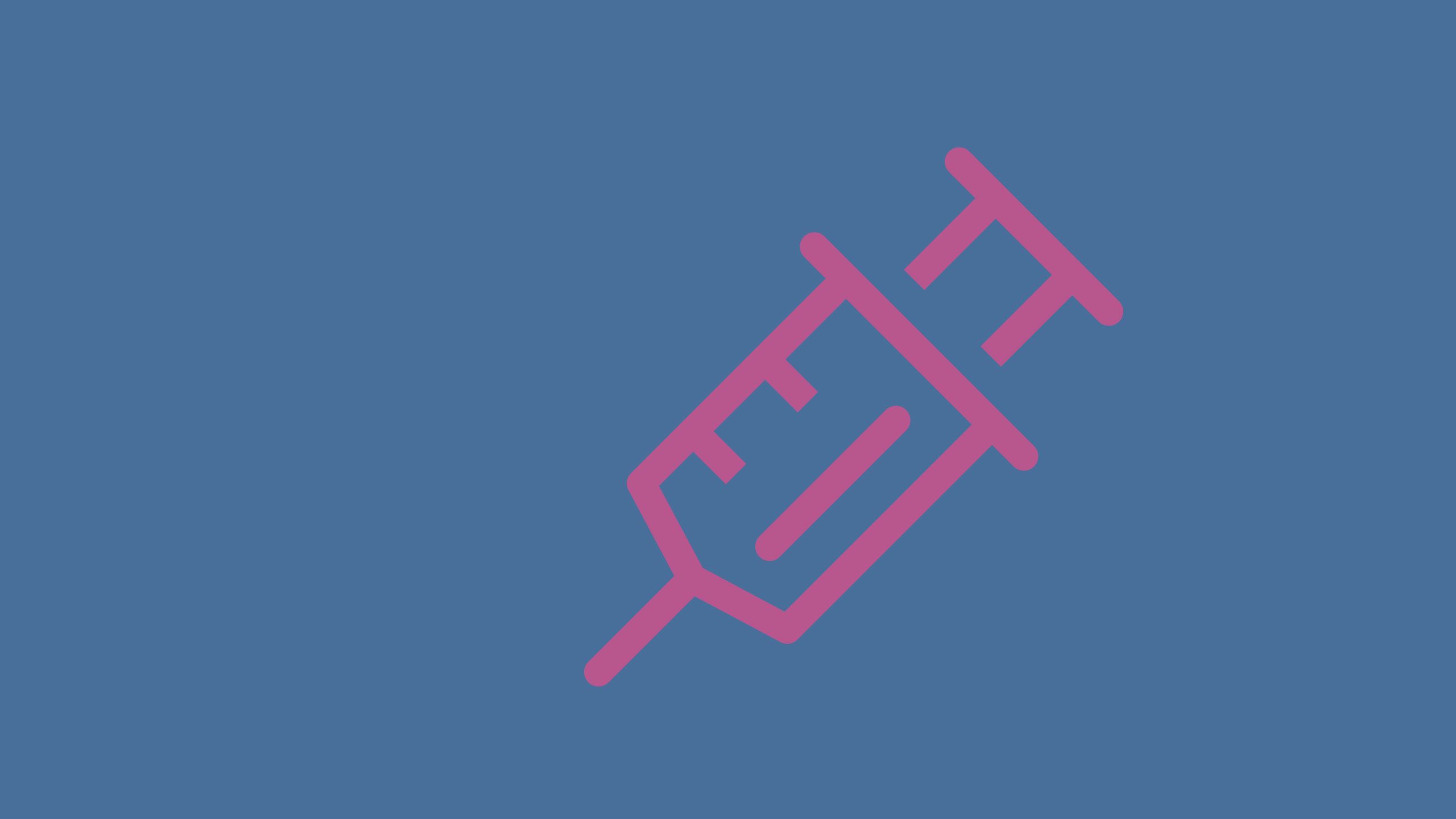
Digital heart twins
When Dassault Systèmes’ Living Heart Project was launched nearly five years ago, it was founded on the belief that any digital health transformation must put the patient in the central role.
The company reimagined a healthcare system far beyond today’s paper and electronic records, harnessing the power of the virtual world to develop personalized digital human heart models.
The Living Heart Project connects leading researchers worldwide in order to create a digital twin of a complete, beating, human heart. The model has already been used around the world to reproduce known disease conditions, blood flow disorders, and adverse drug effects.
The heart models can serve in education and training, medical device design, testing, and regulatory science. Combining 3D models with real-world medical data provides a powerful foundation for developing new device designs and optimizing complex surgical procedures.
Based on the GII 2019 chapter by Claire Biot, Patrick Johnson, Sébastien Massart, & Nicolas Pécuchet, Dassault Systèmes. Image: Dassault Systèmes.
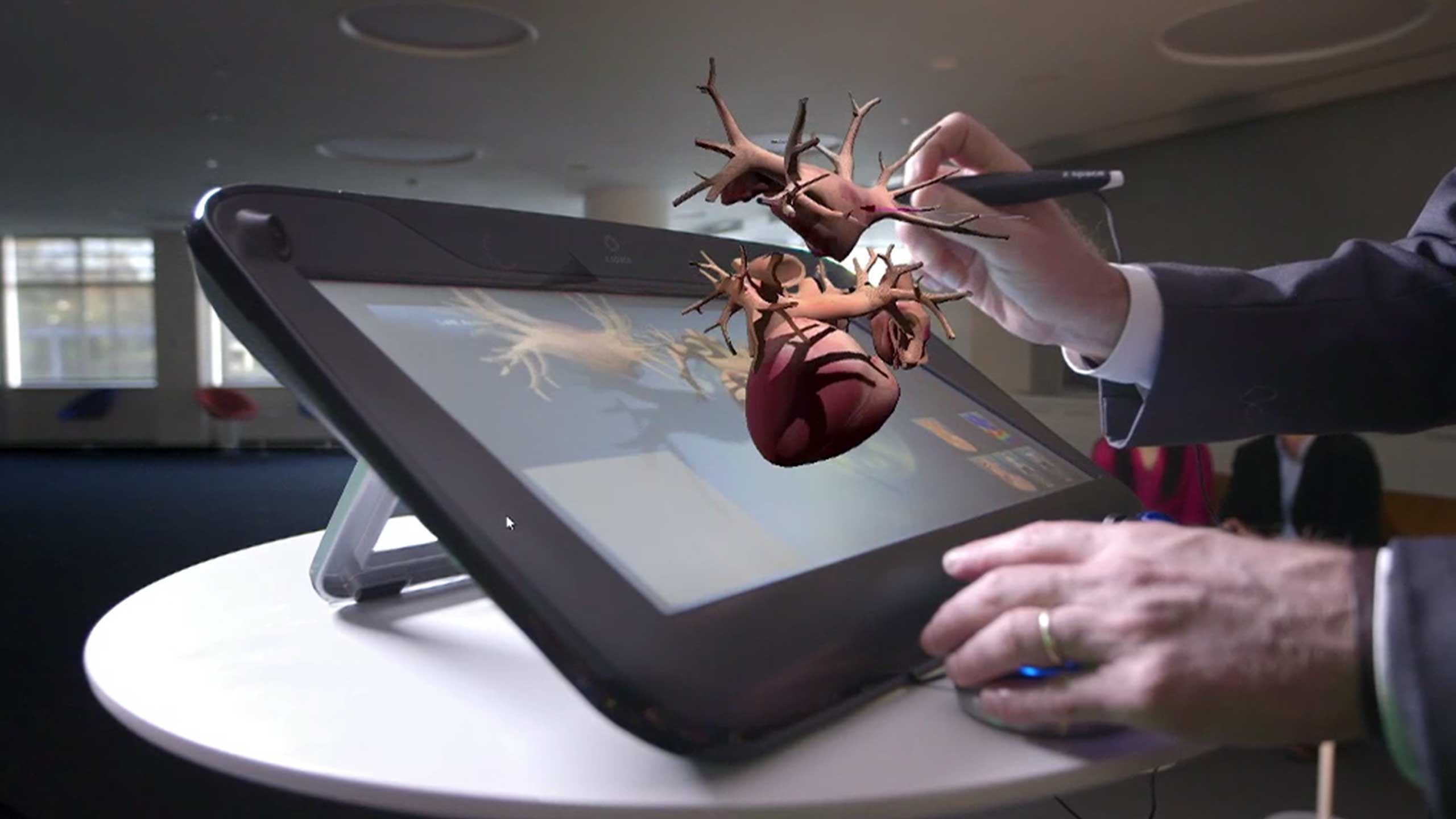
Diagnostic methods
Artifical intelligence (AI)-based technologies help with the analysis of the enormous amounts of data generated by digital technologies in healthcare. These technologies will allow medical professionals to make more informed, evidence-based decisions, as well as to predict problems before they occur.
AI can look for signals in data in a way that human reasoning might not be able to emulate, potentially making its diagnoses more accurate and effective.
And accuracy can be a major benefit of using AI in diagnostic methods, as Tencent has discovered.
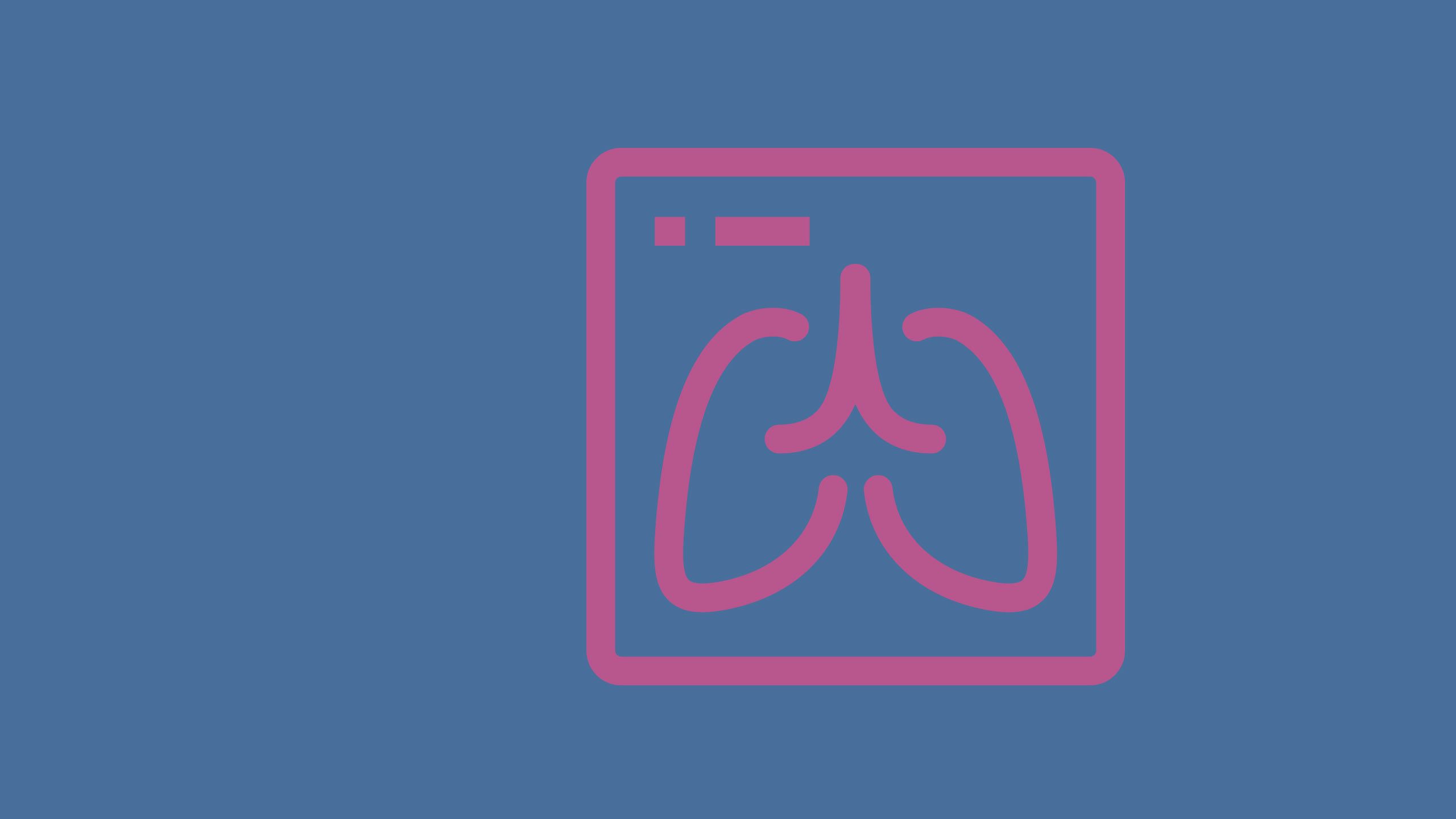
AI and better diagnoses
Chinese internet-based technology and cultural enterprise Tencent is using AI innovations in medical imaging and data mining to provide better, faster, more comprehensive diagnoses.
Medical imaging has become the leading and most popular field for AI applications in China’s healthcare sector. Tencent AI Medical Imaging, developed in 2017, is a system used for screening several diseases such as diabetic retinopathy, lung cancer, and esophageal cancer.
The system is undergoing clinical validation in more than 100 major hospitals in China. It has already assisted doctors in reading over 100 million medical images and served nearly one million patients.
With the advancement of image recognition technologies, diagnostic precision has reached new levels. Data from Tencent shows that recognition accuracy reaches 90% for esophageal cancer, 97% for diabetic retinopathy, and 97.2% for colorectal cancer.
In general, Chinese medical institutions and businesses are taking a proactive attitude towards AI. Nearly 80% of hospitals and medical companies are planning to, or already have, carried out medical AI applications and more than 75% of hospitals believe that such applications will become popular in the future.
With AI technologies flourishing in China, healthcare AI is drawing the attention of investors. This is bringing more capital to the field and accelerating technological innovation.
Video: Tencent Miying is an AI-based image recognition technology used in early-stage screening for several high-risk cancers, such as digestive tract cancer, cervical cancer, and pulmonary nodules, among others.
Based on the GII 2019 chapter by Ma Huateng, Tencent. Image: Getty Images/windcatcher.
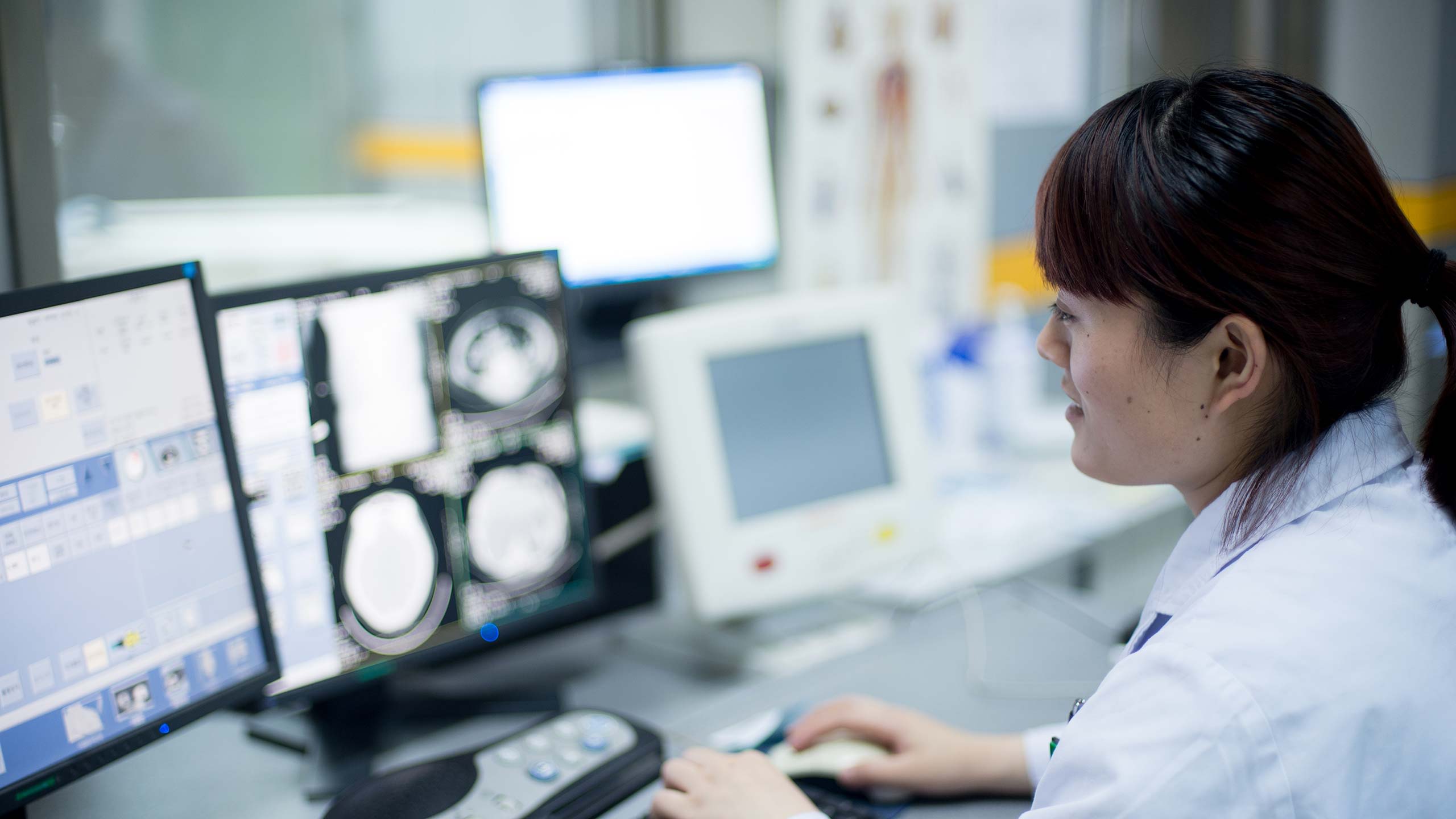
Monitoring
New technologies are making remote healthcare possible. Health can now be monitored in real time, conditions tracked remotely, data analyzed and shared, new modes of diagnosis applied, and treatments personalized.
AI and big data technologies are being used to monitor patient health conditions with the help of intelligent wearables that provide personalized health advice. Connected devices track vital signs and other health parameters, enabling remote care and monitoring. That means reduced costs and improved care away from hospitals.
Babyl Rwanda shows how the latest healthcare innovations can work alongside older telecommunications equipment to make remote healthcare a reality.
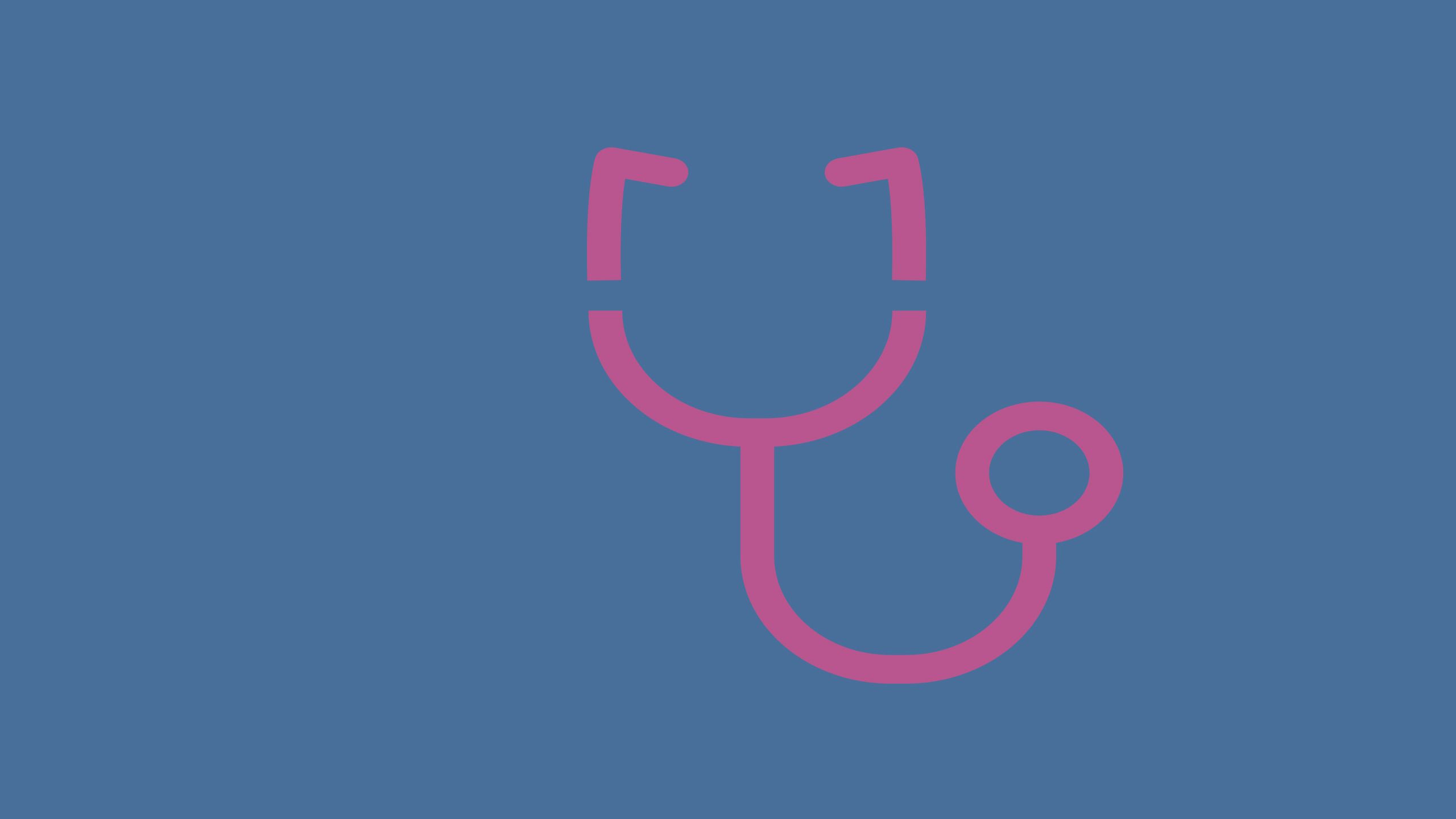
Healthcare by mobile phone
Babyl Rwanda combines readily-available technology, increasing computing power, and AI with medical expertise to office an accessible, immediate and personalized health service.
Babyl Rwanda provides immediate access to healthcare professionals via a convenient and widespread route: the humble mobile phone. Rwanda’s high mobile phone penetration (76.1% in February 2018) has helped drive the expansion and success of the service.
Users request appointments by SMS, pay using widespread mobile payment services, and take part in consultations with health professionals (nurses and doctors) by phone. If diagnosis and treatment is possible by phone, prescriptions can be delivered by SMS. If not, then referrals to a health facility can be sent the same way.
With over 2 million registered users – roughly 30% of the adult population in Rwanda – and over 280,000 consultations performed, digital healthcare through Babyl Rwanda is expanding the provision of healthcare services to individuals throughout the country.
Babyl Rwanda is currently integrating AI into the Babyl call center, health posts, and health centers. The AI system aims to mimic the thought processes of an expert medical doctor and the company hopes that it will be able to serve as a substitute for some in-person consultations. If the AI technology is successful, it will help healthcare services better cope with a shortage of highly-skilled health professionals.
In addition to reducing time wasted awaiting consultations and making congested waiting areas a thing of the past, Babyl Rwanda also helps ensure that healthcare services are affordable to the Rwandan population.
Video: An overview of Babyl Rwanda and how the service works.
Based on the GII 2019 chapter by Parfait Uwaliraye, Patrick Ndimubanzi, Andrew Muhire, and Valencia Lyle, Ministry of Health, Rwanda. Image: Babyl Rwanda.
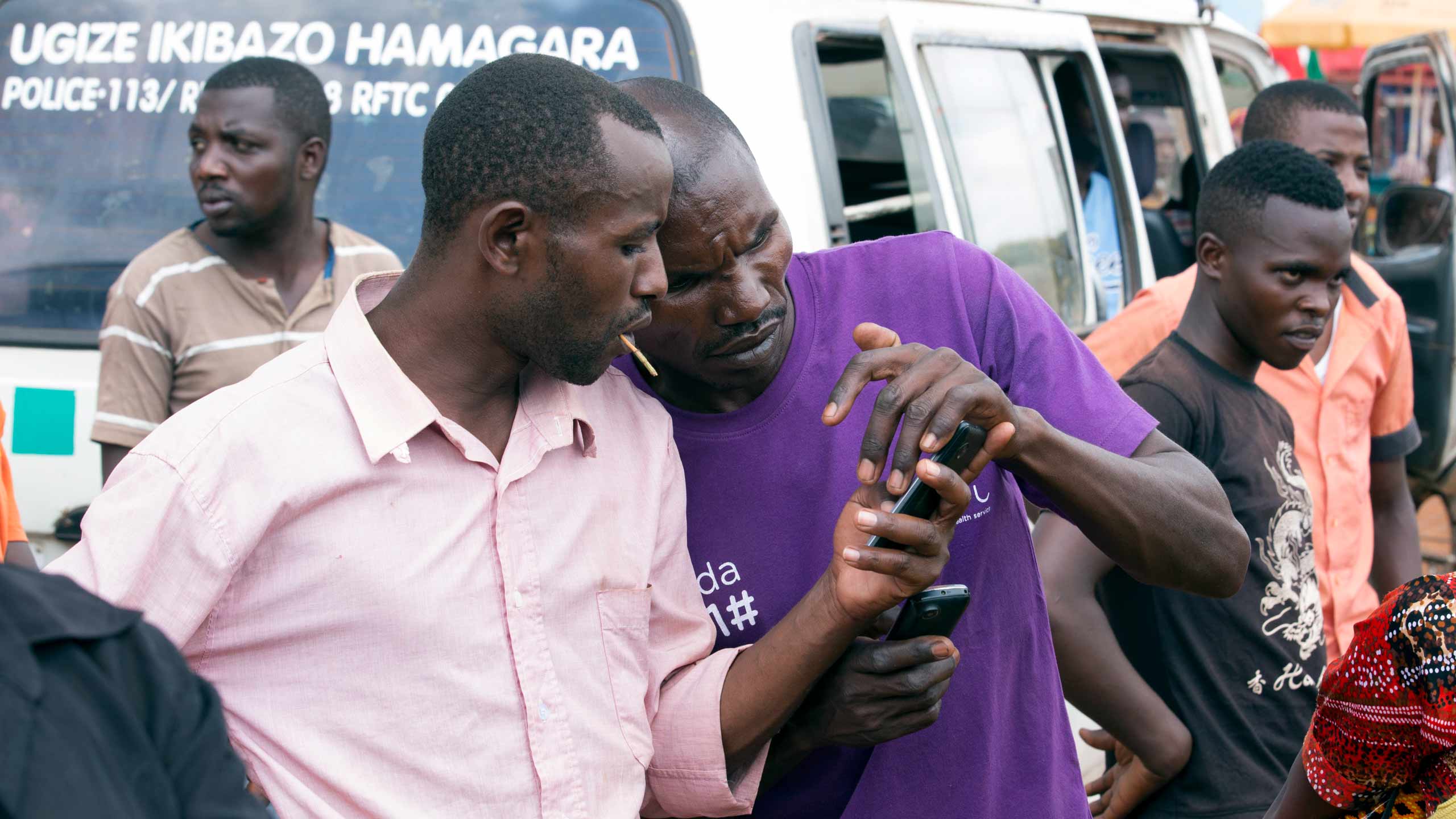
Processes
Organizational and process innovations are improving
healthcare delivery through novel approaches to research
and clinical trials, as well as new ways of delivering healthcare. IT and big data are often the source of these innovations.
New technologies, such as virtual modeling and AI, enable new ways of conducting medical research. This facilitates breakthroughs and is increasing invention efficiency. In addition, many IT-enabled innovations have the potential to improve the delivery of healthcare and reduce rising costs.
The 100 Million Healthy Lives initiative demonstrates how automation and big data can help public health authorities improve the health of a nation.
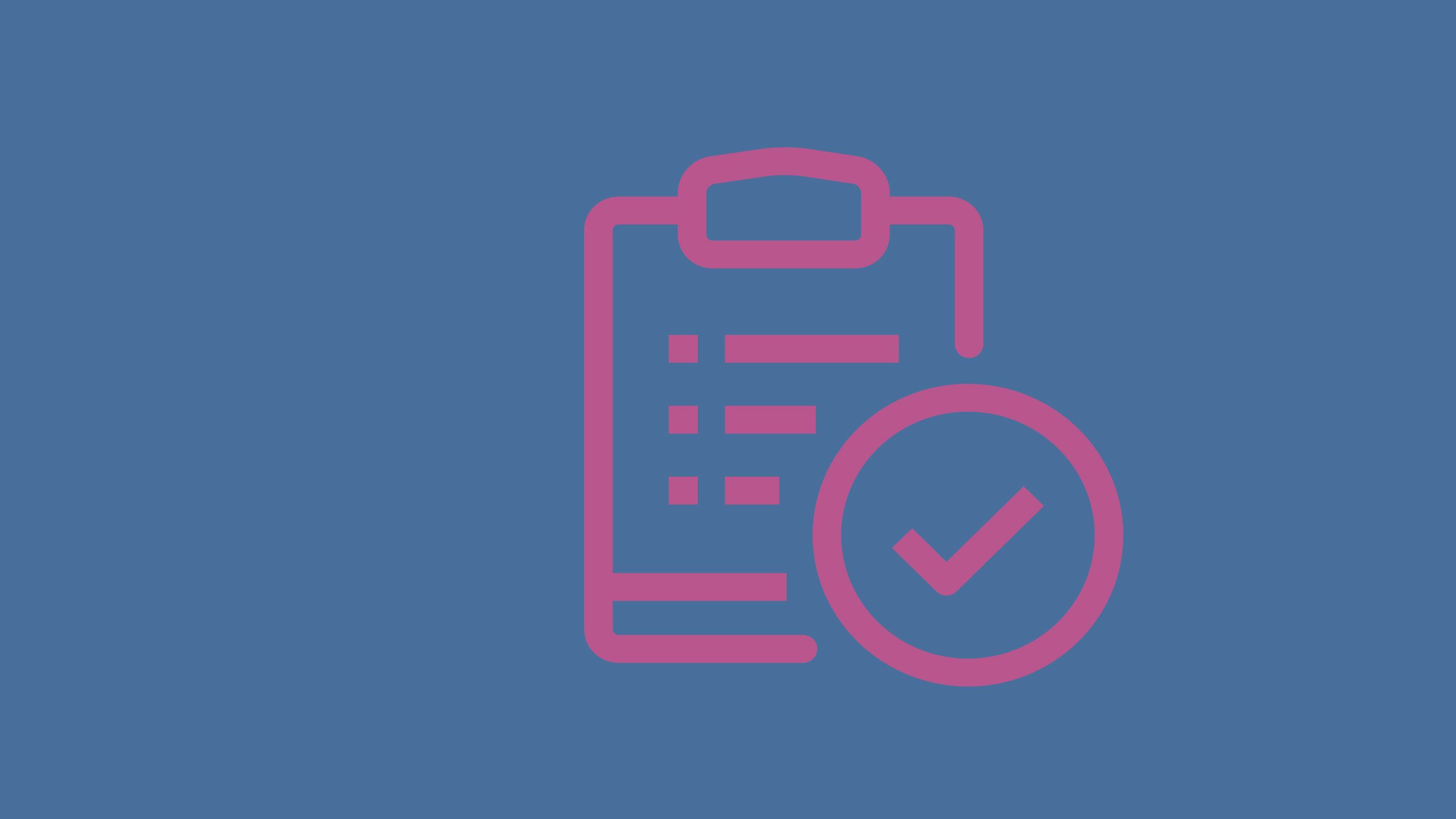
100 million healthier people by 2020
Egypt's 100 Million Healthy Lives presidential initiative aimed to improve the health of 100 million Egyptians by eliminating the hepatitis C virus in country by 2020.
Egypt has the highest prevalence of hepatits C virus (HCV) in the world and 84% of all deaths in the country are estimated to be related to non-communicable diseases (NCDs) such as diabetes and hypertension. The 100 Million Healthy Lives initiative ran from October 2018 to April 2019 and involved mass screening of Egyptians aged 18 or older for HCV and NCDs.
The first stage was the screening process, during which personal data was collected and processed to determine whether further tests for NCDs and/or HCV were required. Trained health professionals performed the medical tests and input medical data into the computer system. Negative results meant a file could be closed, whilst positive results led to a second phase of testing and treatment. All of the information collected was logged digitally in order to create rich patient profiles.
The success of this initiative was largely thanks to a software solution that, among other things, ensured a holistic approach to the screening, referral, and treatment process. Its enormous capacity allows access to 20,000 users at the same time, and captures 750,000 screening transactions per day and 47 screening transactions per second.
The system produces data on all layers, from the national level to villages and specific areas. It updates every ten minutes and can provide instant reports on screenings across the country. The software also:
- analyzes the population by gender;
- shows the highest disease contribution by age group; and
- is capable of identifying the peak screening time.
The vast amount of data generated can be easily transformed into useful information for better decision-making. For example, data mining and analytics based on the most critical cases should lead to a health map matrix that can inform communication campaigns and treatment.
Some countries in the African Union are now adopting the lessons learned and building on Egypt’s experience in line with their own situations and needs.
Video: An overview of the 100 Million Healthy Lives campaign (in Arabic).
Based on the GII 2019 chapter by Hala Zaid, Aysam Salaheldein and Mostafa Monier Othman, Ministry of Health and Population, Egypt; Ahmed Sorour, Egypt Country Office, World Health Organization; and Mohamed Hassany, Ministry of Health and Population, Egypt. Image: Ministry of Health and Population, Egypt.
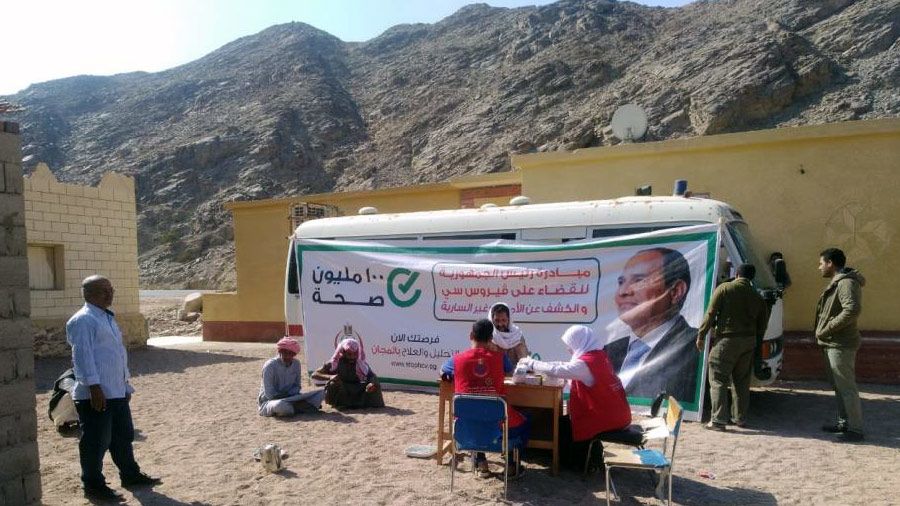
Medical knowledge
New medical knowledge is essential to improving health.
In the pursuit of this knowledge, the healthcare sector is one of the most important investors in Research and Development (R&D). Pharmaceutical, biotech, and medical device firms are among the top global corporate investors in R&D, spending over USD 100 billion annually.
Knowledge growth, however, is about more than just R&D. For the first time in history, individuals have access to specialized and personalized healthcare knowledge and information thanks to artificial intelligence (AI), big data and other technologies.
iamYiam illustrates how innovations that bring such knowledge to the public can have a profound impact on the lives of individuals.
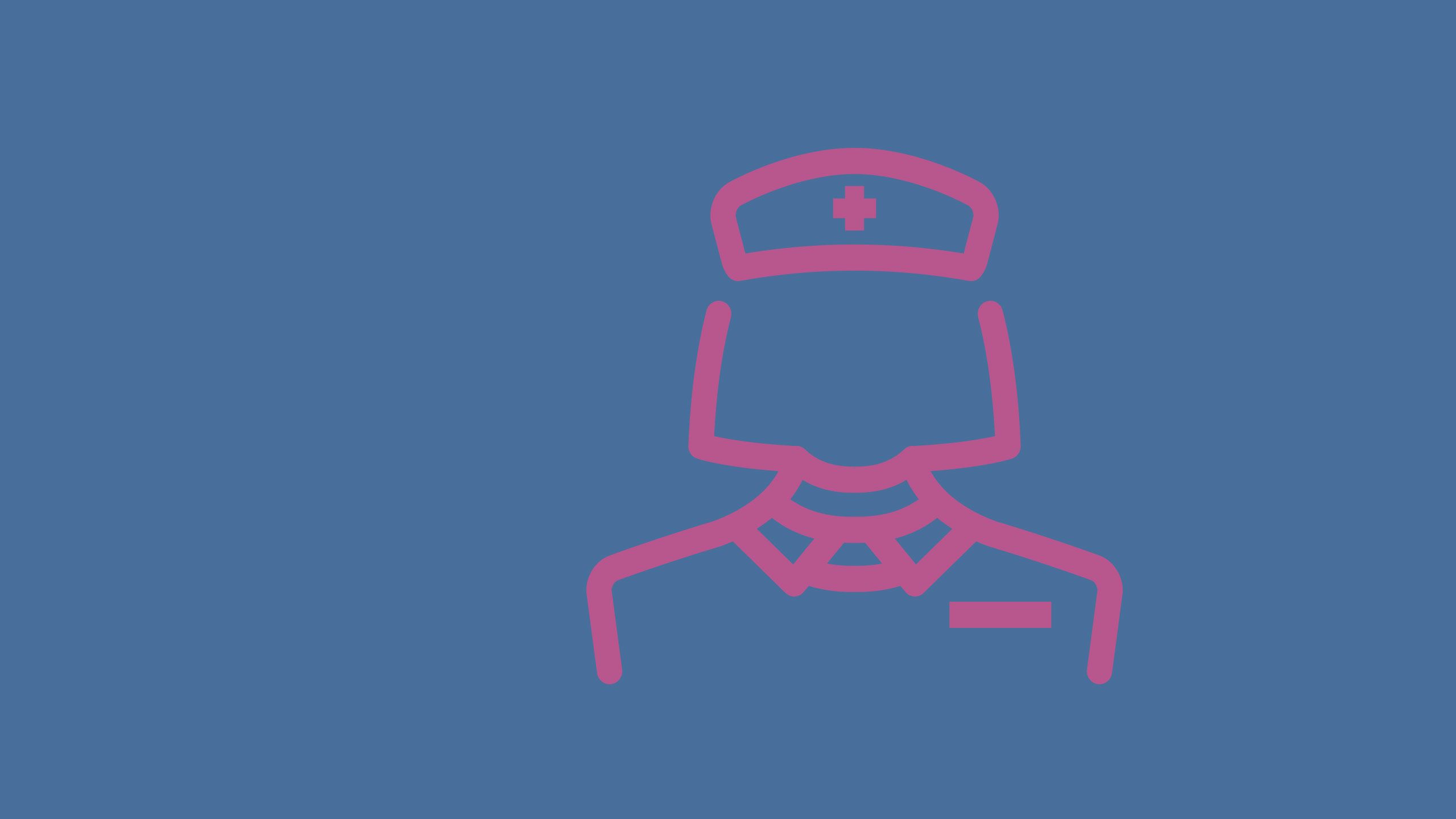
Lifelong digital health assistant
iamYiam is a digital platform that provides evidence-based, preventative recommendations on how to live a more healthy life, all personalized to an individual's own biology and preferences.
The rapid growth in non-communicable diseases (NCDs) such as cardiovascular disease, cancer, diabetes and chronic respiratory diseases reflects global trends in the way we work, eat, and live.
As well as being the leading cause of death in developing countries, these lifestyle diseases account for, including mental health, 90% of public and private health expenditures in developed economies. Not only that, but they reduce the meaningfulness of progress made in increasing life expectancy. Half of a retiree’s remaining years of life will be significantly impacted by one or more lifestyle-related illnesses, reducing the quality of life and adding treatment costs.
iamYiam was created with the aim of applying to health the same kind of optimization-focused, evidence-based decision making that is used in the investment world. It is based on the idea that optimal health is largely the result of an efficient allocation of time, energy, and nutrients based on an individual’s biological, environmental, and psychological peculiarities.
At the heart of the platform is an artificial intelligence agent referred to as See Yourself Differently (Syd). Syd estimates the current state of being of a person in relation to their goals and uses platform-wide observations to optimize specific guidance. Syd does not perform disease diagnosis, meaning that iamYiam remains firmly a preventative tool.
Over 200,000 published research papers were referenced to create the baseline for the predictions that Syd continuously improves upon via its internal model and interactions with all users. Progress in a user's journey to better health is tracked and displayed in the platform, allowing Syd to provide accurate, adaptive information.
A marketplace is another feature of the service, through which vetted practitioners and nutrition providers offer users access to tools, therapies, classes, meal plans, and other resources. Individual health information, personalized recommendations, and resources are accessible in one health account with lifetime access.
Video: Find out what Syd can do for users of iamYiam.
Based on the GII 2019 chapter by Lorena Puica, iamYiam and Jack Bauersachs, University of Applied Sciences Deggendorf. Image: iamYiam.
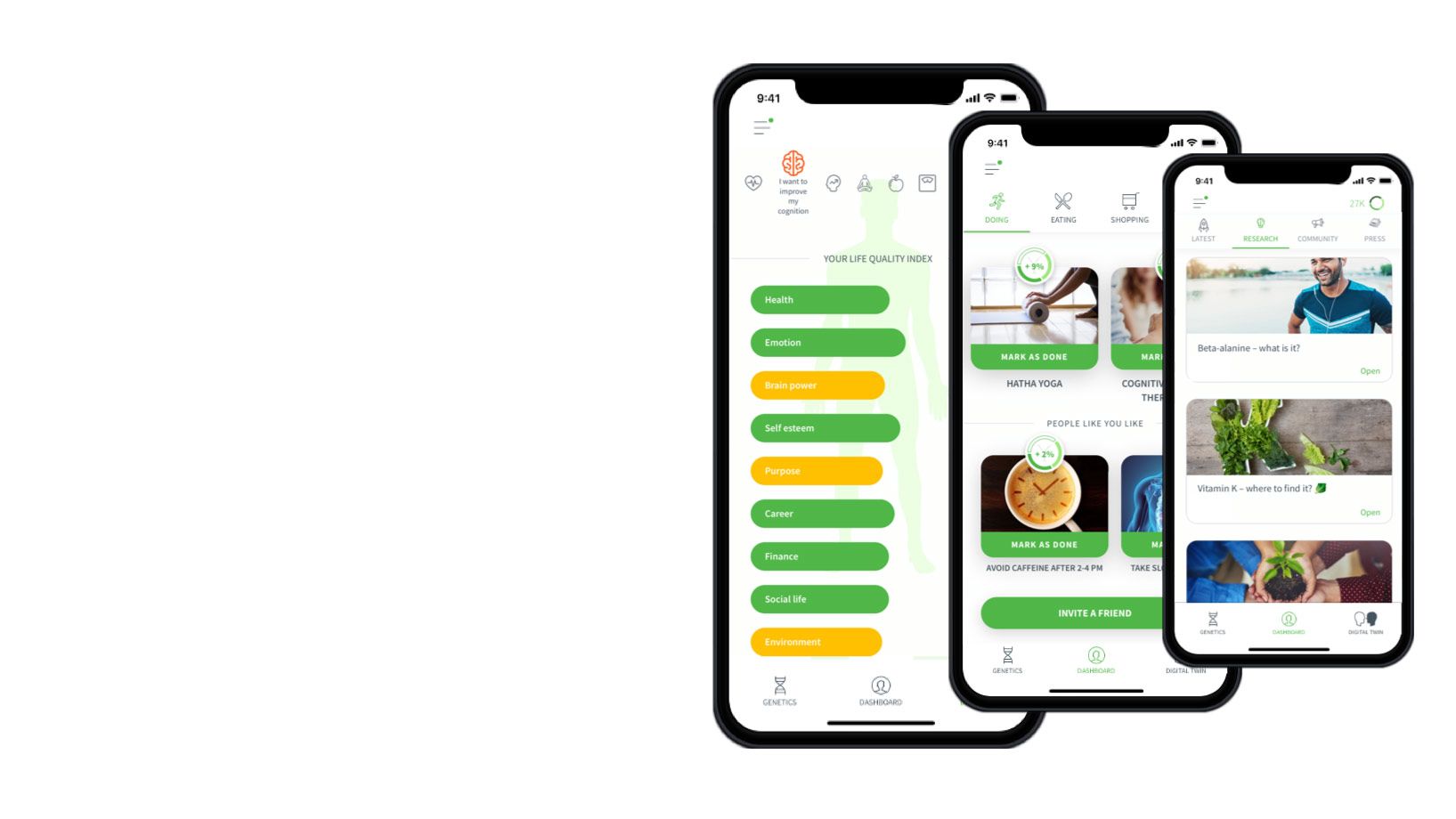
The healthcare of tomorrow calls for a fresh and collaborative approach to innovation, which cuts across scientific disciplines and breaks down silos to allow education, research, big firms, retailers, and patients to collaborate in real time.
AI, big data, and other technologies will form the backbone of this patient-driven, forward-looking sea change in global healthcare.
To delve deeper into the topic of medical innovation, read the full Global Innovation Index (GII) 2019.
About the Global Innovation Index
The Global Innovation Index is a leading reference for measuring an economy’s innovation performance.
Moving into its 12th edition in 2019, the GII has evolved into a valuable benchmarking tool that can facilitate public-private dialogue and where policy-makers, business leaders, and other stakeholders can evaluate innovation progress on an annual basis.

Credits
- Concept and content: Steven Kelly and Maria De Icaza (WIPO)
- Medical illustrations (except title): Getty Images/soulcld
- Data artwork in title: Getty Images/KOHb
